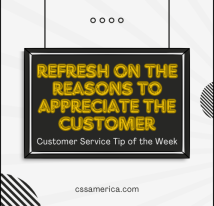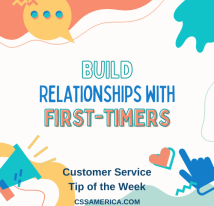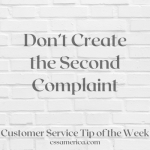Ellie went to her eye doctor to get her cataracts checked. Are they bad enough to get the procedure? That was her question – she wanted the cataract surgery so she could see better, but every year her physician said they were not quite bad enough.
After checking in, Ellie went to the waiting room and noticed a new automated board that tracked physician delays. Apparently, the office had added these “scheduling status monitors” within the past month in order to set appropriate expectations with patients about wait times. The theory was to best manage expectations and communicate via monitors with the patients. This ensures patients won’t be upset at delays, and they won’t constantly interrupt receptionists asking for updates.
When Ellie found her physician on the monitor, she noticed that her doctor was running about 90 minutes behind by that point in the day. And while it was good that the monitor gave her a realistic expectation of the delay, Ellie was frustrated. Why? Isn’t this one of the core concepts behind great customer service – that you constantly have to reset customer expectations to match reality?
To Ellie, this definitely wasn’t an example of great customer service – or even good customer service. From her perspective, if the office knew that they were 90 minutes behind, why didn’t they call her to tell her so that she could arrive later? Why couldn’t they use their information so the customer could rest a little longer, run an errand or two on the way, get more work done, or avoid having to leave home in the middle of a thunderstorm?
In other words, why couldn’t they use the information to reduce the patient’s wait time and make it more convenient for the patient?
Maybe the office’s response would be “if we tell them they can come in later, they won’t be here if we get back on schedule.” That may be true periodically, but it’s not the right answer in most situations.
If we can’t serve clients earlier, there are still opportunities to reduce their waits.
If we expect clients to be on time, do whatever is necessary to deliver with minimal wait time.





















